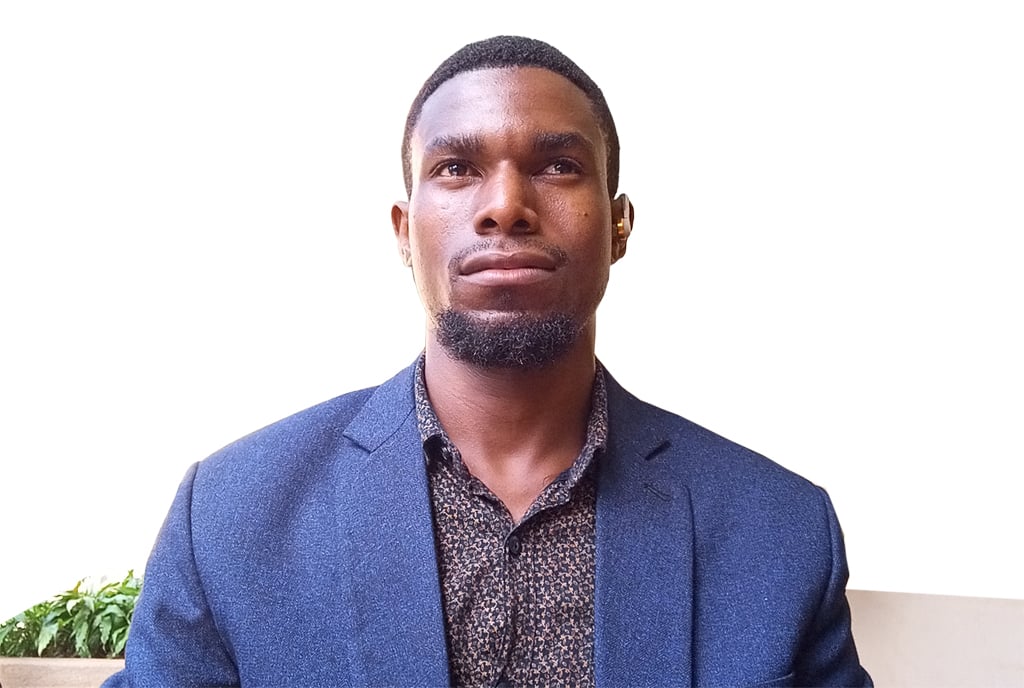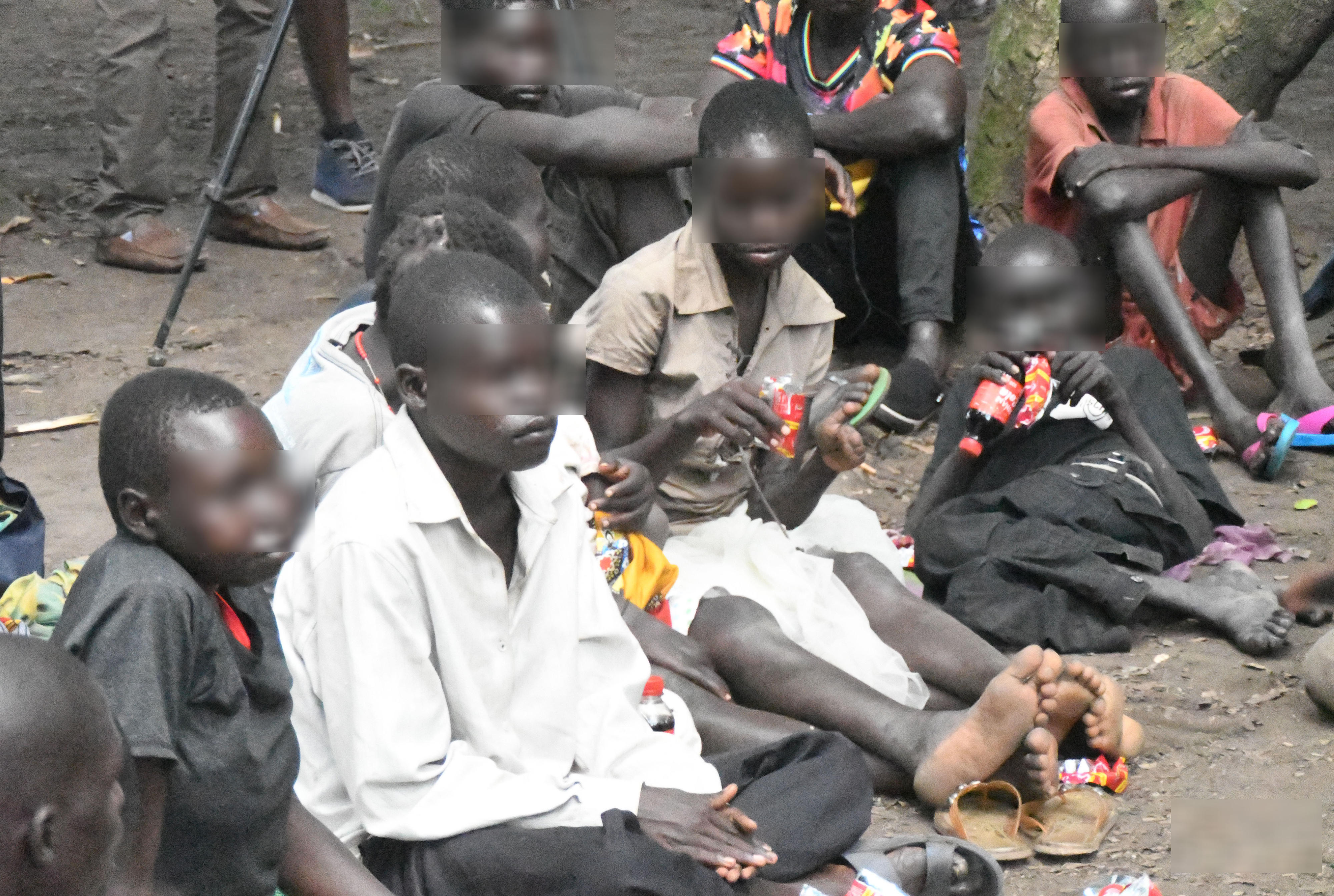Prime
Time to walk the talk on inclusive education

Author: Godfrey Nanyenya
What you need to know:
- The Ministry of Education and Sports in 2014 embarked on the special needs education programme, which provides guidance on delivery of inclusive education
Uganda is a signatory to a number of international conventions, which are, among others, intended to promote equitable access to education for all.
One such treaty is the Convention against Discrimination in Education (1968). At the regional level, Uganda ratified the African Union Protocol to the African Charter on Human and People’s Rights on the Rights of Women in Africa (2003).
The Ministry of Education and Sports in 2014 embarked on the special needs education programme, which provides guidance on delivery of inclusive education.
The aim was to enable early identification of children with impairments for intervention, develop specialised skills training for teachers and procure specialised instructional materials for enhancement of inclusive education. In 2011, the Ministry of Education and Sports drafted an inclusive education policy.
However, inclusive education in the country has remained on paper. For instance, in 2019, braille papers and machines were not yet procured, monitoring and supervision was not carried out for the 20 schools, and the 250 teachers were not trained in functional assessment as earlier promised.
So, how best can we as a country improve the outcomes of these inclusive education policies and programmes we have as a country?
Effective inclusive education is about the services rather than the places where those services are offered.
Although school structures and standards are helpful guides to mainstreaming inclusive education, we should pay attention to what I call the “3Rs”– respect, relationships and responsibility.
In terms of respect, inclusive classrooms should provide an environment of respect for each student. All students belong to and are members of the general education classroom. They should be known by their names and unique personalities and strengths, not by labels or scores.
In terms of relationships, when students are respected and accepted as full members of their school community, relationships develop. Relationships create a safety net for students to develop a growth mindset.
For responsibility, teachers, and parents share the responsibility for student success.
The general education classroom becomes the starting point for all students, and services and supports are brought to that classroom as needed and appropriate. Teachers do not blame students but claim responsibility for their success.
These 3Rs should always guide teachers and policy makers to remember what inclusion is all about in and out of classrooms and throughout the larger community.
Let us also consider the quality standards for an inclusive school and classroom by considering the following: In instructional setting, assessment should be made whether the facilities used by special needs students are of standard, whether the classroom arrangement is organised to support access for all students and whether decisions about instructional setting are determined on the basis of student needs rather than labels.
In terms for collaboration, there should be a vision of shared ownership for all students and whether general teachers and those for special needs learners regularly plan together.
Teachers should be able to understand the difference be-tween accommodations and modifications, and teachers should have a variety of rich resources, materials, and technology to support all learners.
There should be classroom support options for students with special needs as well as service personnel such as occupational therapists, and speech pathologists.
Therefore, it is pertinent that we should put into practice the disability inclusion policies that we have ratified.
The writer is the Disability Inclusion Specialist At Joy for Children Uganda. Email: [email protected]




